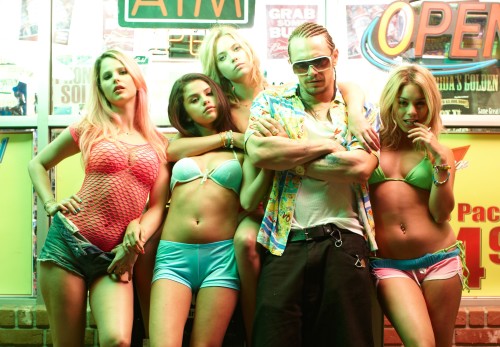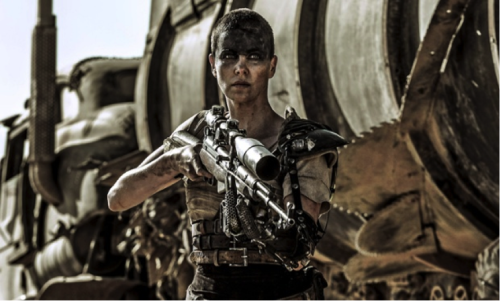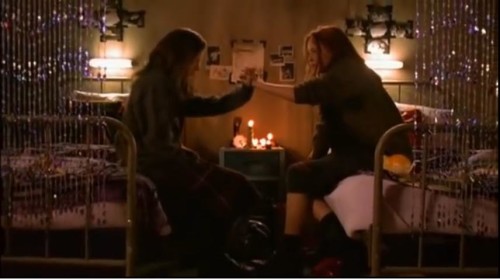“We’re Not So Different”: Tradition, Culture, and Falling in Love in ‘Bride & Prejudice’
Though clearly based on the novel, ‘Bride & Prejudice’ is a successful piece of transnational cinema, which uses the interracial relationship between the Bakshi’s second eldest daughter Lalita and white American Mark Darcy to discuss differences in race, tradition, and cultural imperialism.











